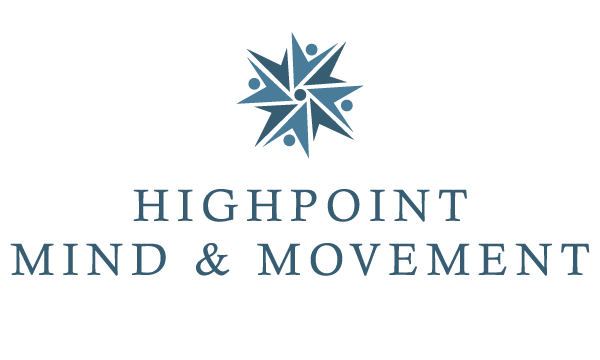The Three Dimensions of Movement
Focus, Centering, and Laterality
There are three dimensions of movement in the brain/body connection that provide the basis for understanding how we grow and develop, how we continue to change, and how we can reach for what is beyond our current abilities. From a neurological perspective, these dimensions correlate with brain development: it’s sequencing, inter-relatedness, and coordination.
The Three Dimensions of Movement and Learning* are associated with the planes of the body: the division down the center of the body delineating left/right, the division at the waist delineating top/bottom, and the division down the sides distinguishing front and back.
Each division, or dimension, is associated with certain movement patterns and functions that work together to support learning, behavior, emotions, and physical coordination.
Focus Dimension
Front–Back (Participation Mindline)
Front-Back (Focus) is associated with the pre-frontal cortex and the brain stem, and the ability to easily move forward and backward. There is coordination of neural information between front and back which allows us to attend to a specific task or thought while being aware of our surroundings. With a balanced flow of energy in this dimension, we experience increased mental, emotional, and sensory awareness that allows us to have greater attentiveness to, and engagement with, people and our surroundings, as well as better balance, a comfortably erect posture, heightened mental clarity, attention and motivation.
Centering Dimension
Top–Bottom (Stabilization Midline)
Top-Bottom (Centering) is associated with the mid-brain and neocortex, and the upper and lower portions of the body allowing for an erect, stable body, and the organization of things, thoughts, and feelings. Centering refers to the balanced flow of energy toward and through our gravitational center, which is about midway between the top and bottom of the body. As energy moves easily between the brain and body, we experience a release of tension and increased physical, mental, and emotional stability. We find we can now respond to disappointment and the stressors of life with greater calmness and equanimity, and we feel more in charge of our life rather than being reactive to it.
Laterality Dimension
Left–Right (Processing Midline)
Left-Right (Laterality) is associated with the two hemispheres of the brain and the ability to cross our midline for small motor movements, thinking, and communicating. Neural signals pass through the connections between the left and right hemispheres of the brain. A fluid exchange of information across this central midline of the body (left and right) is needed for speaking, listening, reading, writing, and the ability to think and move simultaneously. When we are able to easily cross our midline, we find learning exciting, we are able to express our needs and desires, we can manage our responsibilities of life more easily, decision-making becomes easier, and we are able to handle multiple tasks more calmly.
* The Three Dimensions of Movement and Learning were developed by Dr. Paul Dennison and wife and partner, Gail E. Dennison, developers of Brain Gym®

